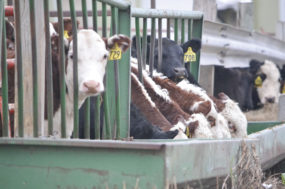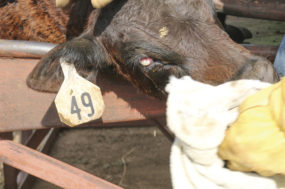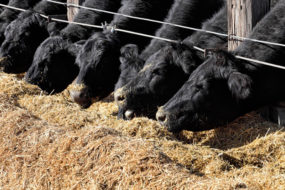Records in raw form are just data. Actual decision-making requires information. Some level of analysis is therefore needed to transform raw records or data into information that can be used for decision-making. If records are being kept to simply write data down and then place it on a shelf or in the back of a desk drawer, then precious time is likely being wasted. However, if records are being used to generate metrics that help plan production decisions, then recordkeeping is a valuable exercise.
Good records should provide specific, timely and actionable information for the operation to use. Ask the following questions prior to taking the time to record data: Is this data creating value? How much extra time is required to record the data? Can the data recording be simplified? Since data analysis is key to more effective recordkeeping and decision-making, here are a couple of considerations to help improve your effectiveness.
1. Apply the 80/20 rule to recordkeeping: Meaning 20% of the work usually results in 80% of the results on the ranch. However, the problem with keeping records is usually 80% of our time is spent collecting the data and only 20% analyzing it. Recordkeeping is often a useful exercise when these percentages are turned around. Making this change would require setting aside time for strategic management or working on the business. Spending the right amount of time analyzing records could help identify those critical areas (i.e., production, financial, grazing, people) where management time should be focused to ultimately improve profits. It’s not a new concept but one that deserves more attention. Few ranchers enjoy recordkeeping, but that is likely a result of no perceived benefit in relation to time spent on the task. Regardless, managers need to develop a good system for allocating the appropriate amount of time collecting and then analyzing the data.
2. Make a list of the records that will aid in planning: It is commonly stated that the current financial situation (i.e., costs and cash flow) of the ranch is the greatest barrier to success. Ranch profitability is generally tied to the big buckets of production, financials, grazing and people. Make a list of data currently being recorded on the ranch within each of these buckets. Determine which ones were used last year to help make a decision that impacted profitability. Perhaps, consider simplifying data collection to only those that were used in decision-making. Once key data have been determined, develop a management plan with set goals for the ranch that can be tracked and evaluated over time. Make sure goals are attainable for a balanced set of key performance measures specific to your ranch. Consider using data analysis, experience and research to identify goal targets. Then, simply track actuals, compare projections and adjust as the year progresses.
3. Transform the data into useable information for the business: A large percentage of producers (40%-80%, depending on individual performance measures) routinely collect performance and financial data (i.e., percent calf crop, weaning weight, pregnancy rate, feed costs, cow inventory, etc.). However, it has also been estimated that over 75% of producers do not know their breakeven within 10 cents per pound, which suggests there is an opportunity to improve ranch recordkeeping and data management. It’s not enough to just collect good data. Data should be transformed into management information or key performance indicators (i.e., return on assets, overhead ratio, grazing days, etc.) that can be used to help make strategic decisions. Once data has been analyzed, consider studying the results often and thinking through ways to better prepare the ranch to adjust or for uncontrollable events (i.e., drought, market volatility, etc.).
The point is to work smarter not harder.









